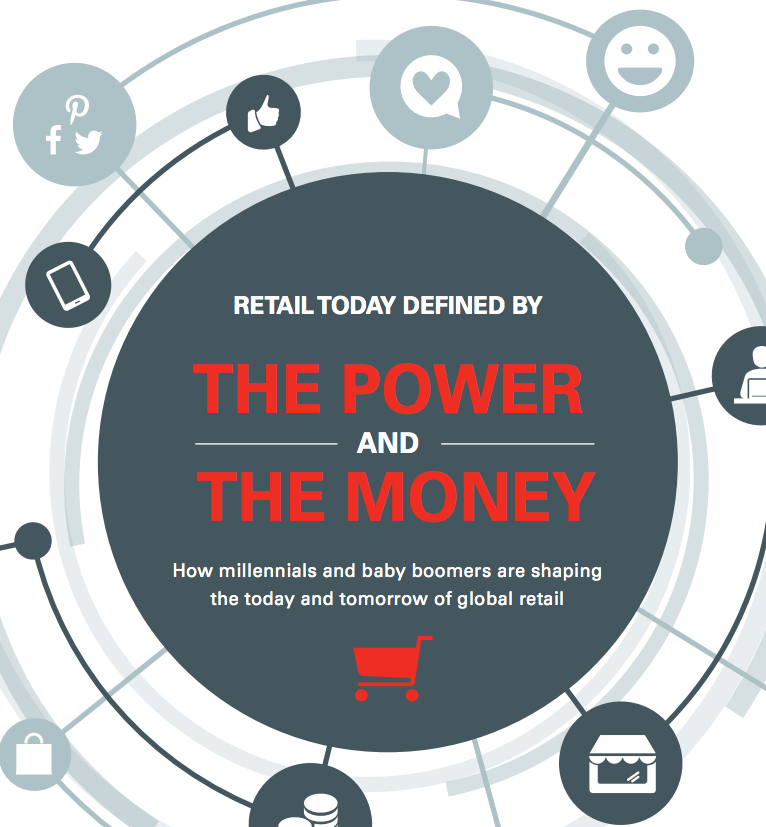In the digital age consumer expectations are heightened, they require a service that treats them as an individual and many have embedded technology in every aspect of their daily lives.
Retail expectations are being further increased by disruptive brands entering the retail space, from start-ups to major brands breaking new sectors and geographies, there is an urgent imperative upon retailers to act now – and get it right – or risk their very futures.
However, they must balance two very contrasting priorities.
They must respond to those progressive, technology-driven trends, while not leaving wealthy customers behind.
The retail industry is being shaped by younger – millennial – consumers (‘the power’), but this move threatens to alienate the court the more affluent older population (‘the money’).
>See also: Internet of Things: a retail perspective
A report released this week from Oracle Retail highlights how these retailers can mitigate tensions between these two different groups and find a single route for both sets of consumer to provide the experience they are looking for.
The research features the perspectives of 13,250 consumers across 12 countries including the UK, Australia, Brazil, China, France, Germany, Italy, India, Japan, Mexico, Russia, and the United States.
Indeed, the report highlighted the deep tension between those with ‘the power’ and those with ‘the money’.
71% of over-60s and 54% of under-30s prefer to buy goods in store and take them home with them, while 35% of under-30s and 24% of over-60s prefer to buy goods online and have them delivered.
40.7% of millennials shop online at least once per week (an increase of 10% over 2015), while only 16.4% of baby boomers shop online at least once per week (a minor increase over 16% in 2015).
>See also: The rise, or fall of the retail app?
The generational divide is clear.
In order to combat the growing consumer dissatisfaction that is growing retailers, according to the report, must have flexible, agile systems in place that allow them to meet the conflicting needs of different consumers who expect to be treated as an individual online and offline and want to shop on their terms, when and where they want to.
Ultimately, consumers want choice: a way of combining traditional services with technology-enabled experiences.







